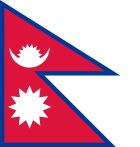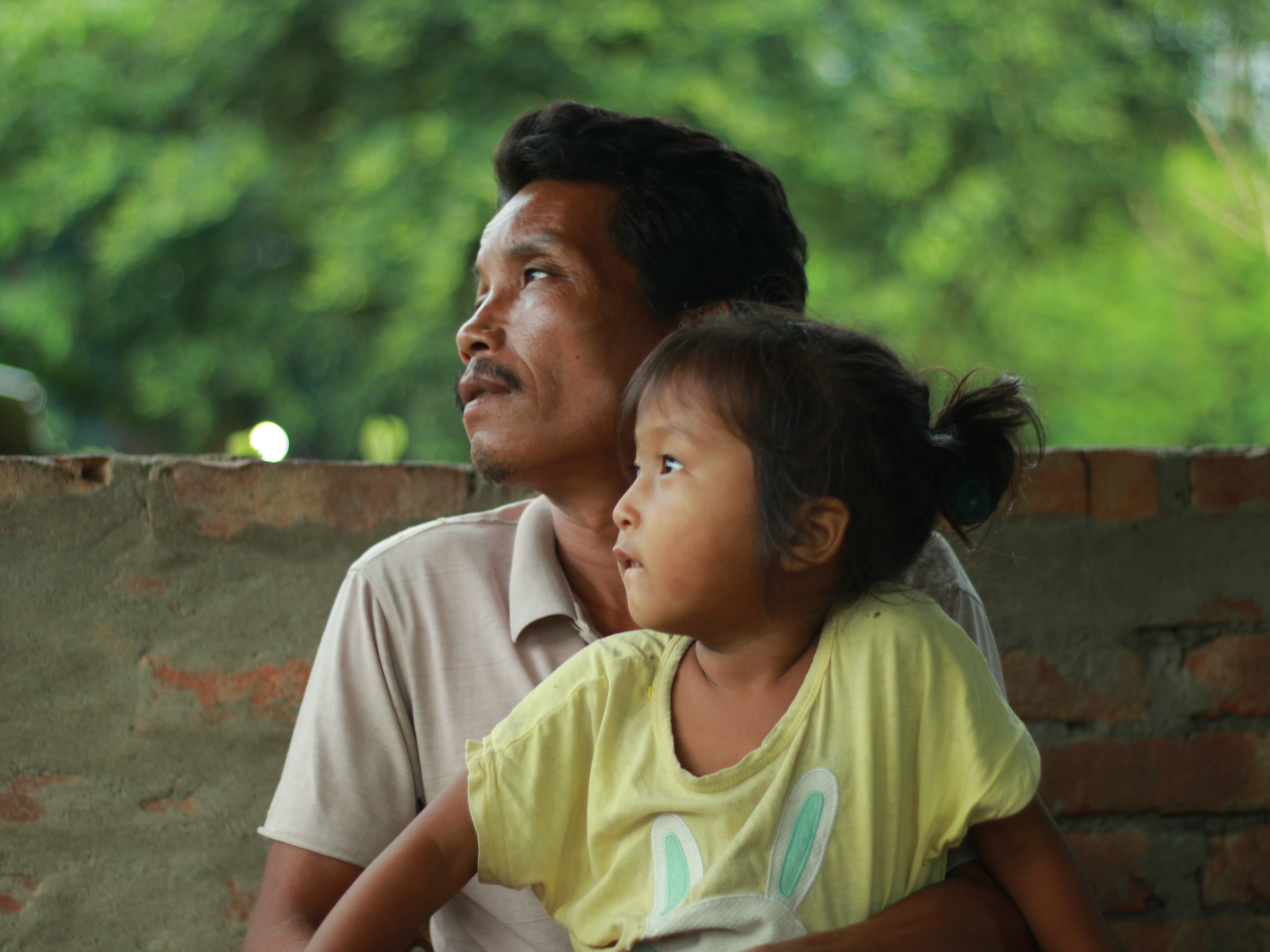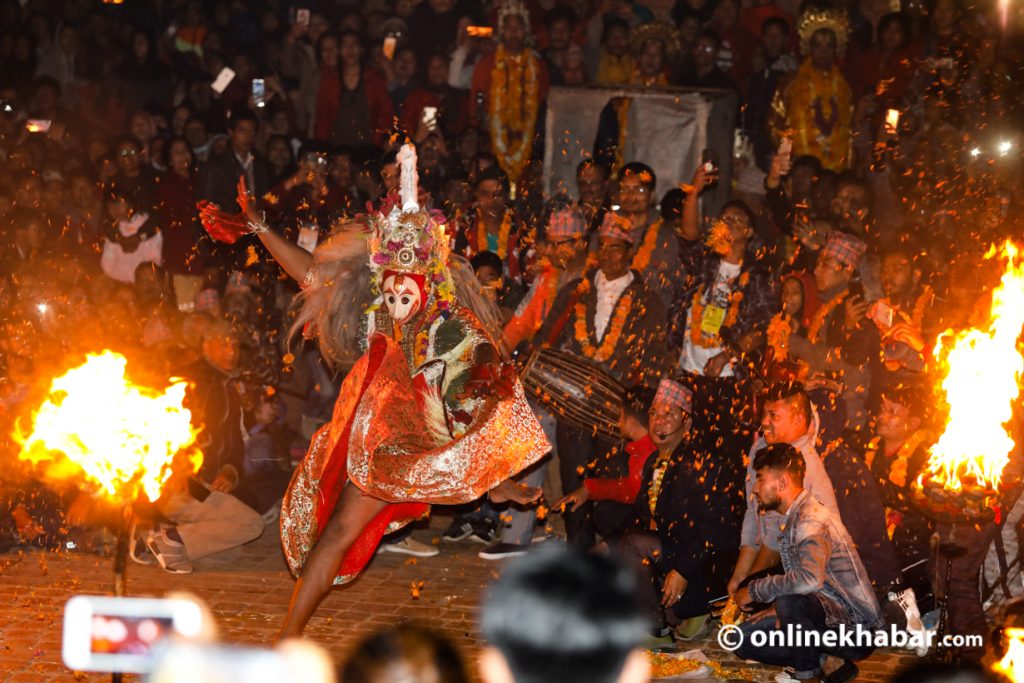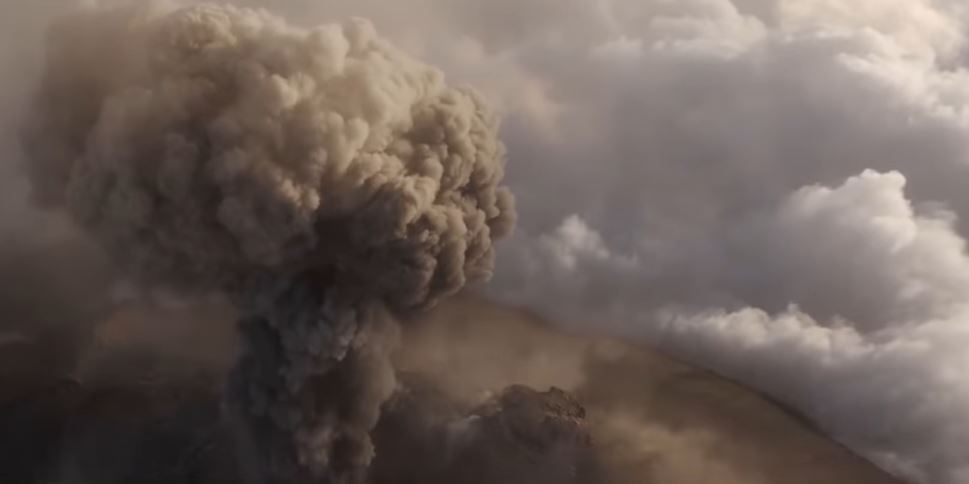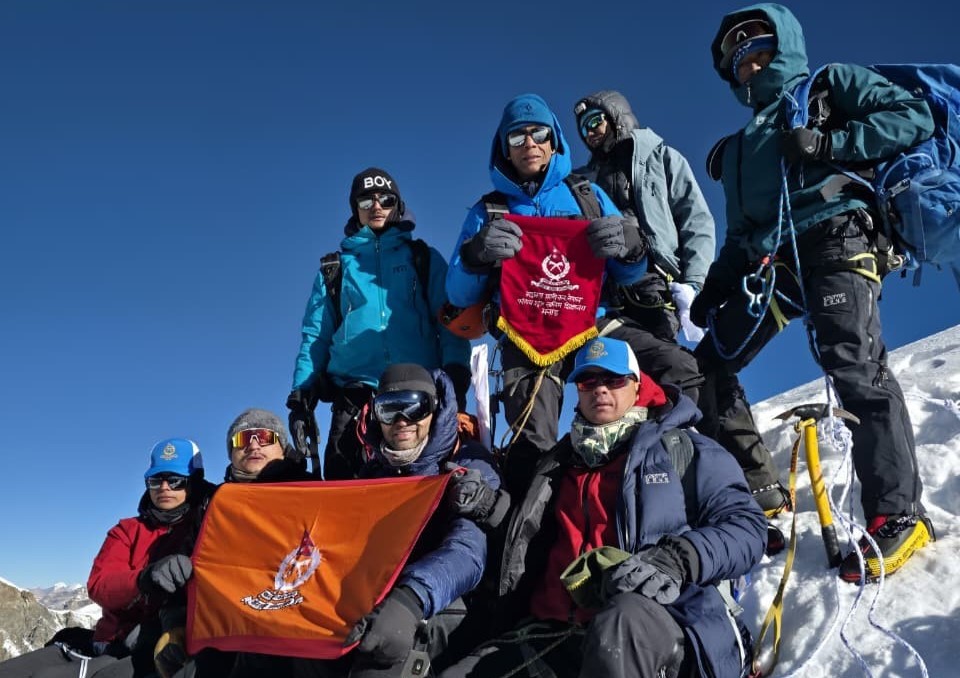
It has been more than a decade that we have been considering the exploration of Nepal’s high-altitude regions. Government data shows that Nepal has more than 1,700 destinations above 5,000 meters in altitude, 28 different Himalayan ranges, and eight of the world’s highest peaks.
With this backdrop, we stood in awe and excitement on the morning of October 11, 2025, precisely at 0700 HRS, atop Mt. Chulu Far East (CFE) (6,038 meters), a peak rarely mentioned and, until now, never officially summited.
The Government of Nepal officially opened Mt. Chulu Far East (CFE) on August 4, and the Armed Police Force, Nepal, has designated the peak as a training site for high-altitude search and rescue operations. Chulu Far East lies on the lesser-traveled side of the famous Annapurna Circuit, standing exquisitely still in the depths of the Damodar Himalaya range of Nepal.
This peak waits patiently, whispering its call only to those willing to listen. Nepal has 28 Himalayan ranges Sagarmatha lies within the Mahalangur range, while the shortest is the Gautam Himalaya range.
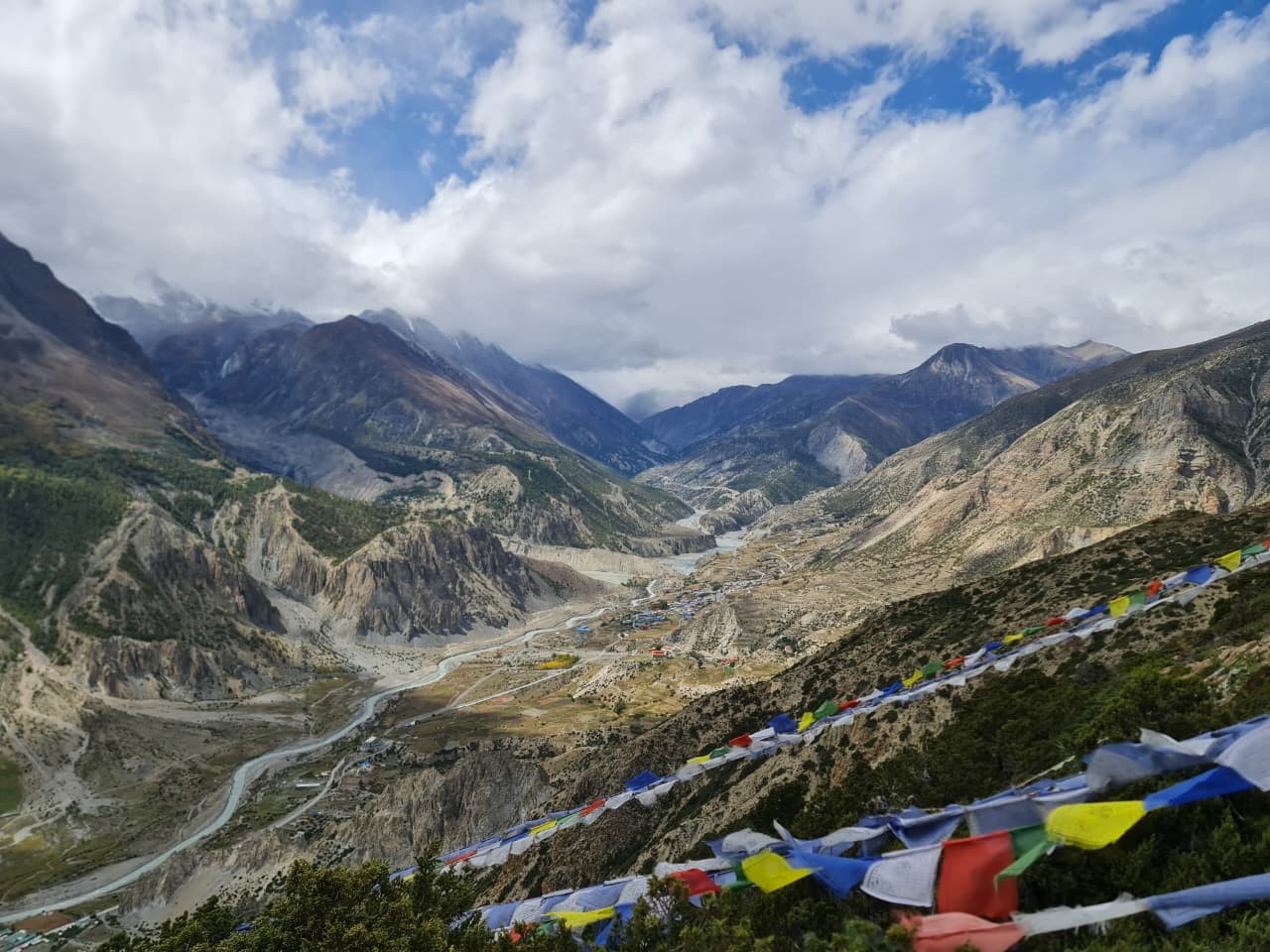
The journey to Chulu Far East, one of Nepal’s 1,310 high-altitude destinations, begins at Besisahar in Lamjung—the starting point of the renowned Annapurna Circuit. The Annapurna Circuit Trek is among the most recommended and must-visit trekking routes on Earth.
Along the valley of the Marshyangdi River, majestic peaks rose before us, reminding us of ancestral stories of mountains as guardians of human civilization. As we moved from Lamjung toward Manang, the serpentine Marshyangdi and the acrobatic roads carved along its valley filled us with thrill, excitement, and adventure.
The trail was busy and full of life, trekkers adjusting their gear, jeeps disappearing in clouds of dust, and local tea shops serving hot tea and comforting snacks to those heading toward the mountains. Our backpacks felt heavy, but our hearts were light. This expedition, named “APF Nepal Chulu Far East Reconnaissance Expedition–2025,” was a long-awaited mission that could become a milestone for the Armed Police Force, Nepal, in high-altitude deployment and search and rescue efforts.
For the next few days, we drove and walked through some of the most beautiful and varied landscapes one could ever witness. We began in warm, green forests where the air smelled of damp earth and the roads were muddy and hectic. We crossed bridges, hydropower tunnels, and hills decorated with colorful prayer flags, and passed tall waterfalls like Tachiring, Bung, and Octopus. As we ascended higher and higher, the atmospheric pressure decreased and the air grew thinner, reducing the oxygen level.
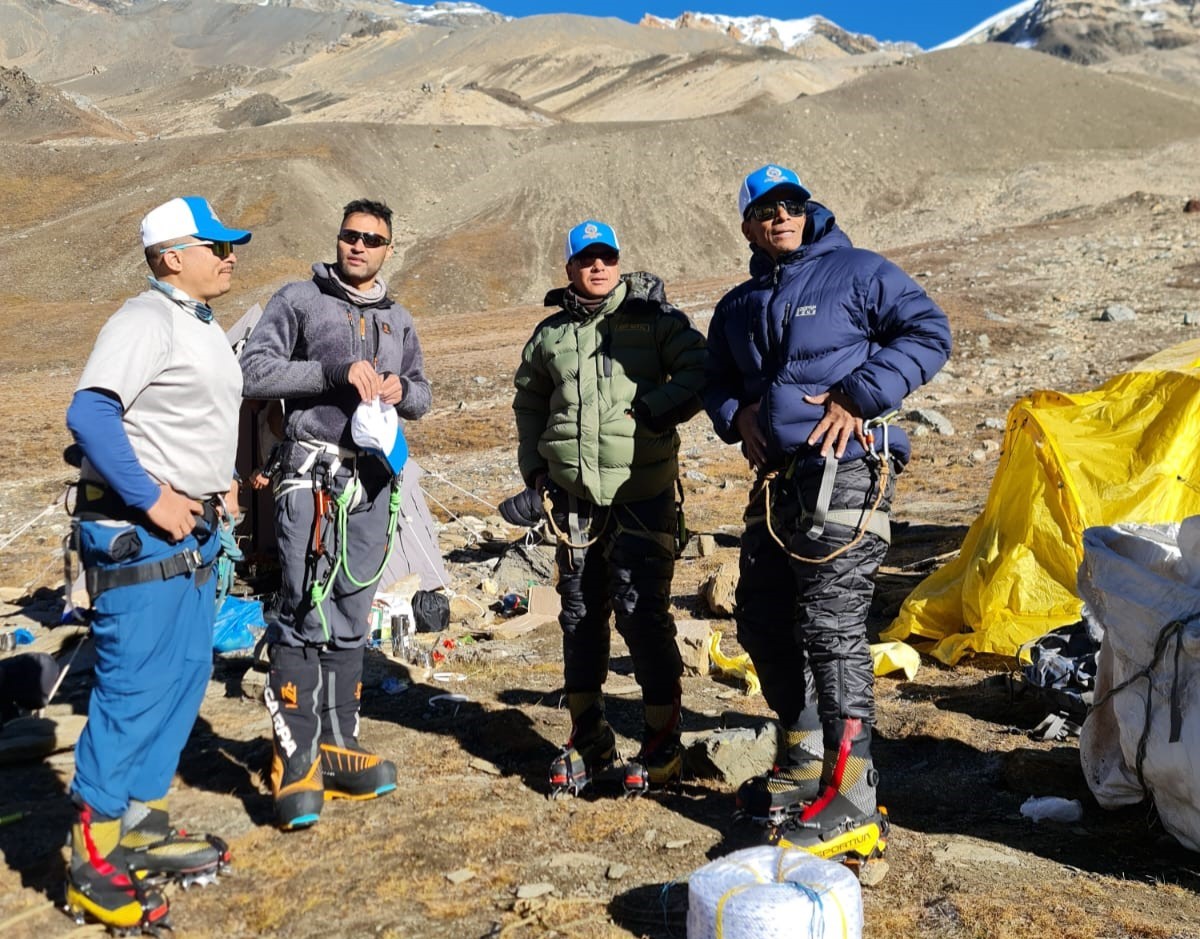
With the rising altitude, vegetation slowly disappeared; the hills turned barren, covered only in rocks and capped with snow. In the solitude of the mountains, we could feel our own breath, the cold wind, and a slight ache pressing at the back of our heads.
For acclimatization, we hiked from Chame to the Lamjung Himal Base Camp, situated at 3,800 meters above sea level. The next day, we climbed up to 4,600 meters to prepare ourselves for the base camp push.
Eventually, we began our move toward the Base Camp. After climbing for several hours on steady, rugged terrain, we finally reached the Lower Base Camp at 4,900 meters. The air felt much thinner, breathing was harder, and our bodies were fatigued. Simple tasks—putting on boots, zipping a jacket, setting up a tent took significantly more effort.
Some of our co-climbers and support staff felt a dull headache, and even laughing or talking required extra energy. Still, our excitement grew as we knew we were getting closer. During the day, we tried to stay active and warm, and we also attended an orientation session on fixed-rope climbing, belaying, and safety procedures, training that would later make the climb safer and more manageable.
The camp sat in a rock, open area surrounded by snow and ice, with snowcapped mountains towering beyond. A small stream, the Julu River, ran nearby half-frozen in the early mornings and served as a vital water source for trekkers and base camps.

Everything changed once we climbed higher to the High Camp at around 5,400 meters. The path grew steeper and more challenging. Loose stones slipped beneath our feet, and patches of snow made balance difficult, yet the panoramic view of the mountains was breathtaking. We moved in silence, conserving our breath and energy.
High Camp was a cold, solitary place perched on a small rocky platform with little protection from the wind. The sky felt closer here, and the quiet, massive, and beautiful mountain loomed above us.
From High Camp, we began our summit push shortly after midnight. The route started with a steep climb over loose scree, followed by a narrow ridge covered in snow and ice. In some sections, the slope rose to nearly 65 degrees. Proper technical knowledge, careful planning, and an accurate weather forecast helped us avoid the dangers of soft snow and strong winds that would arrive later in the day.
It was a long and demanding ascent. Breathing grew more difficult, and our bodies were already exhausted. After nearly five and a half hours of relentless climbing, we finally reached the summit—for the first time ever, officially. We had done it.
From the top, the views were breathtaking: Annapurna II, III, IV, Manaslu, Pisang Peak, Chulu East and West, and Gangapurna Himal stretched across the horizon. The sun rose slowly, turning the snow a soft golden hue. The wind was cold but gentle.
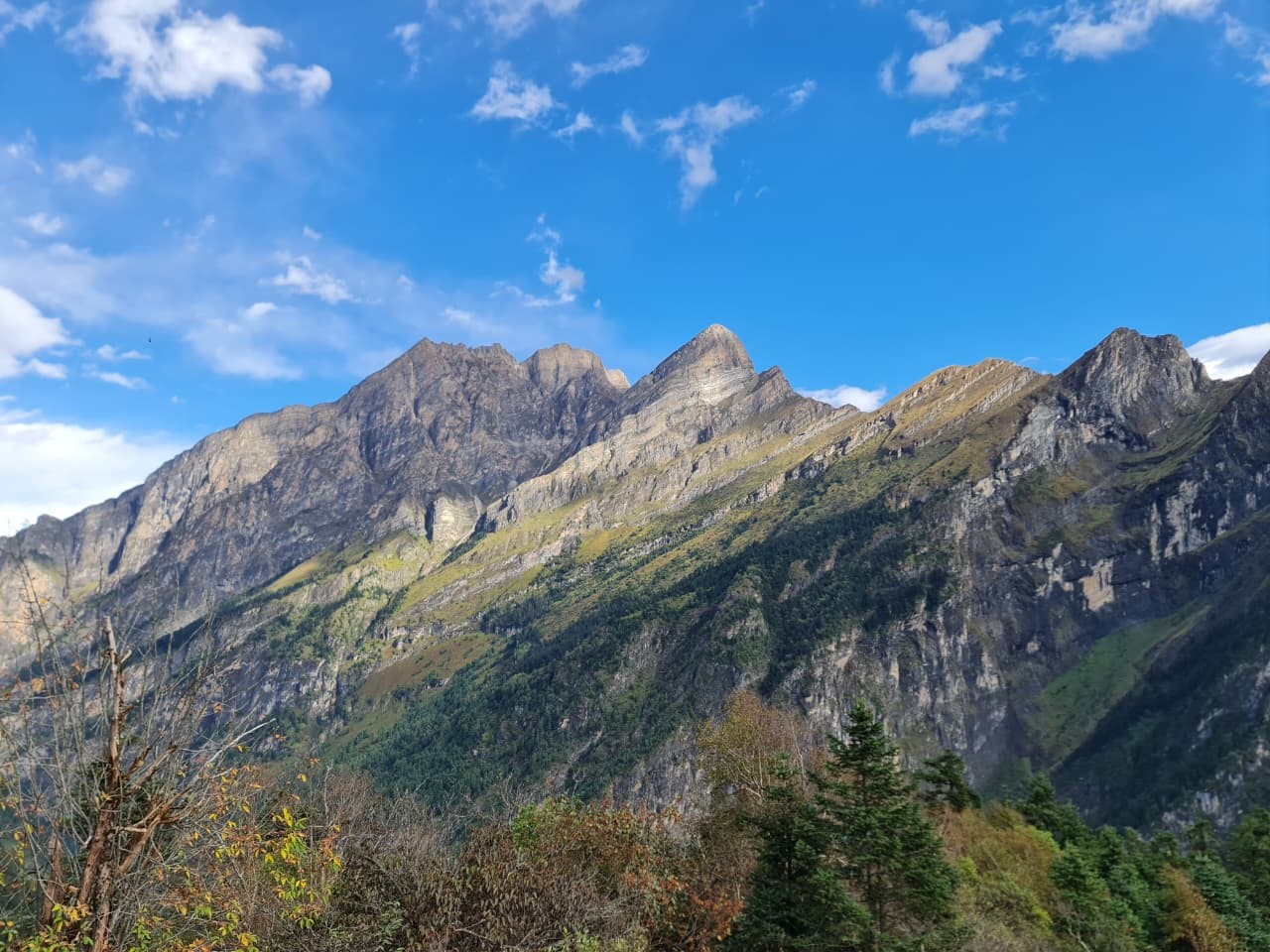
We stood there in silence, taking it all in, officially at the top, at 6,038 meters.
Mt. Chulu Far East is more than just a mountain, it is a test of endurance, spirit, and will. It demands strength, patience, and heart from every climber, and in return, it offers deeper perspective, clarity, and an unforgettable sense of achievement.
This expedition to the summit of Mount Chulu Far East stands not only as a personal triumph for the climbers but also as a historic milestone for the Armed Police Force, Nepal. It is a proud moment, a reflection of discipline, resilience, and national spirit. This climb showcases the capability and courage of APF personnel to operate with skill and honor in the highest and harshest environments Nepal has to offer.
—Suraj Paudel, Manoj Khadka and Nirmal Basnet

